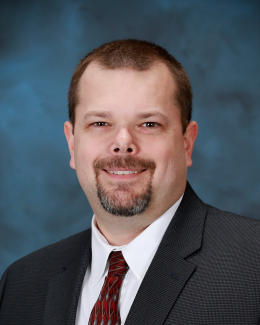Abstract
The Pacific Northwest National Laboratory’s (PNNL) Marine Science Laboratory (MSL) located
along the coast of Washington State is evaluating the performance of uranium adsorption
materials being developed for seawater extraction under realistic marine conditions with natural
seawater. Two types of exposure systems were employed in this program: flow-through
columns for testing of fixed beds of individual fibers and pellets and a recirculating water flume
for testing of braided adsorbent material. Testing consists of measurements of the adsorption of
uranium and other elements from seawater as a function of time, typically 42 to 56 day
exposures, to determine the adsorbent capacity and adsorption rate (kinetics). Analysis of
uranium and other trace elements collected by the adsorbents was conducted following strong
acid digestion of the adsorbent with 50% aqua regia using either Inductively Coupled Plasma
Optical Emission Spectrometry (ICP-OES) or Inductively Coupled Plasma Mass Spectrometer
(ICP-MS). The ORNL 38H adsorbent had a 56 day adsorption capacity of 3.30 ± 0.68 g U/ kg
adsorbent (normalized to a salinity of 35 psu), a saturation adsorption capacity of 4.89 ± 0.83 g
U/kg of adsorbent material (normalized to a salinity of 35 psu) and a half-saturation time of 28 ±
10 days. The AF1 adsorbent material had a 56 day adsorption capacity of 3.9 ± 0.2 g U/kg
adsorbent material (normalized to a salinity of 35 psu), a saturation capacity of 5.4 ± 0.2 g U/kg
adsorbent material (normalized to a salinity of 35 psu) and a half saturation time of 23 ± 2 days.
The ORNL amidoxime-based adsorbent materials are not specific for uranium, but also adsorb
other elements from seawater. The major doubly charged cations in seawater (Ca and Mg)
account for a majority of the cations adsorbed (61% by mass and 74% by molar percent). For
the ORNL AF1 adsorbent material, U is the 4th most abundant element adsorbed by mass and
7th most abundant by molar percentage. Marine testing at Woods Hole Oceanographic
Institution with the ORNL AF1 adsorbent produced 15% and 55% higher adsorption capacities
than observed at PNNL for column and flume testing, respectively. Variations in competing ions
may be the explanation for the regional differences. In addition to marine testing, a number of
other efforts are underway to characterize adsorbents and impacts of deployment on the marine
environment. Highlights include: Hydrodynamic modelling predicts that a farm of adsorbent
materials will likely have minimal effect on ocean currents and removal of uranium and other
elements from seawater when densities are < 1800 braids/km2. A decrease in U adsorption
capacity of up to 30% was observed after 42 days of exposure due to biofouling when the ORNL
braided adsorbent AI8 was exposed to raw seawater in a flume in the presence of light. An
identical raw seawater exposure with no light exposure showed little or no impact to adsorption
capacity from biofouling. No toxicity was observed with column effluents of any absorbent
materials tested to date. Toxicity could be induced with some non amidoxime-based absorbents
only when the ratio of solid absorbent to test media was increased to highly unrealistic levels.
Thermodynamic modeling of the seawater-amidoxime adsorbent was performed using the
geochemical modeling program PHREEQC. Modeling of the binding of Ca, Mg, Fe, Ni, Cu, U,
and V from batch interactions with seawater across a variety of concentrations of the amidoxime
binding group reveal that when binding sites are limited (1 x 10-8 binding sites/kg seawater),
vanadium heavily out-competes other ions for the amidoxime sites. In contrast, when binding
sites are abundant magnesium and calcium dominate the total percentage of metals bound to the sorbent.




